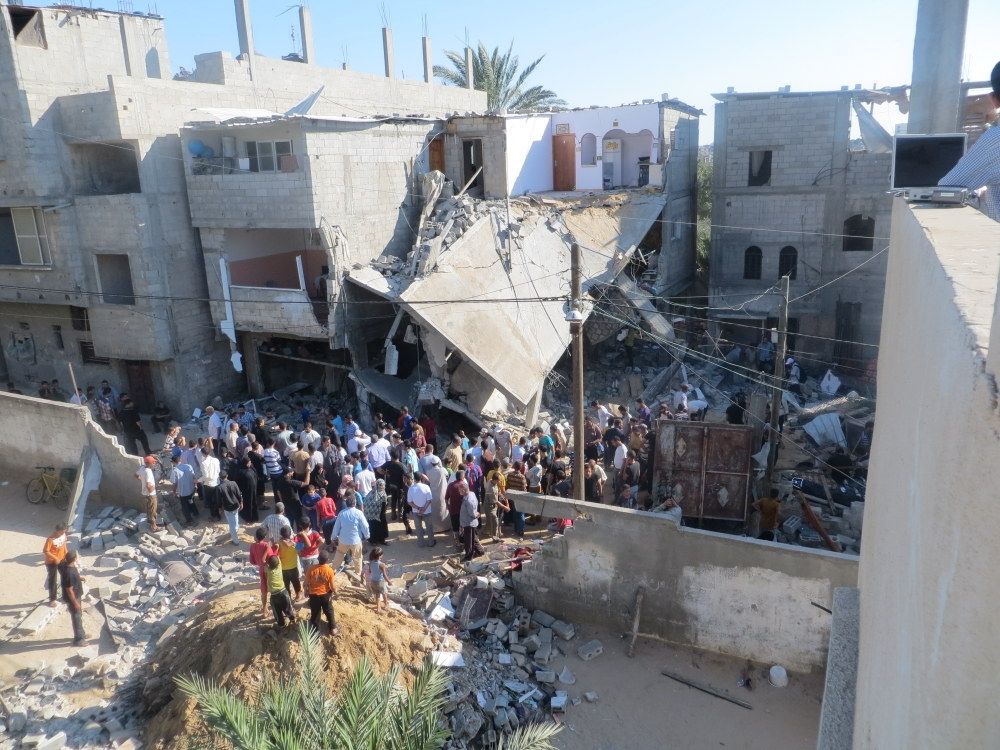Talks of a ceasefire in Gaza persists
Hamas chief says truce deal is “approaching”; reports suggest possible three- to five-day pause in fighting as Qatari official says captive release talks at “critical and final stage”.

In recent updates, it has been reported that Hamas officials are making significant strides towards reaching a truce agreement with Israel. Sources reveal that the group has submitted its response to Qatari mediators, marking a noteworthy development in the ongoing negotiations. The focal points of the talks revolve around the duration of the truce, the delivery of aid to Gaza, and the exchange of hostages held by both sides.
While it is crucial to acknowledge that sensitive negotiations like these can encounter last-minute setbacks, progress has undeniably been made. It is important, however, to remember that until all parties involved agree to the terms, nothing is considered final. Ceasefire agreements typically entail a cessation of all military activities for a specified period within a defined geographical area. Furthermore, provisions for aid delivery and the exchange of prisoners or hostages are imperative aspects of a comprehensive ceasefire agreement. The terms must be precise, leaving no room for ambiguity, gaps, or omissions. Additionally, it is vital to incorporate specific dates and times for the fulfilment of ceasefire obligations, ensuring compliance through the integration of these terms into the armed forces' disciplinary code.
A ceasefire deal?
The most recent update regarding the hostage exchange deal between Israel and Hamas indicates that negotiators are approaching an agreement. The proposed deal entails the release of an initial 50 civilians in exchange for Israel allowing more aid to enter Gaza. If successfully implemented, this agreement could potentially lead to the release of additional civilian hostages. Reports suggest that negotiations involve the potential exchange of 50 to 100 women and children held by both sides, accompanied by a multiday pause in hostilities. While specific details surrounding this potential agreement remain somewhat unclear, U.S. Deputy National Security Adviser Jon Finer has expressed positivity, stating that the gaps in negotiations have narrowed, bringing the sides closer to a final agreement. Nevertheless, it is important to emphasize that a confirmed deal has not been reached, and the situation remains uncertain.
However, certain outstanding issues, such as Hamas withholding a comprehensive list of hostages in the Gaza Strip, pose potential obstacles to the agreement. Mediators from Qatar, the United States, and Egypt are facilitating these negotiations, endeavoring to secure a temporary halt in hostilities that would enable the safe release of hostages. Although specifics of the potential agreement remain somewhat uncertain, Jon Finer's remarks indicate that progress is being made, and the parties are closer than ever before to reaching a final agreement. It is vital to reiterate that no firm deal has been confirmed, and the situation remains dynamic.
Hostage exchange
The significance of the potential hostage exchange deal lies in its capacity to temporarily halt the conflict, facilitate the release of hostages, and allow for the delivery of aid to Gaza. These negotiations represent a pivotal moment in the effort to secure the freedom of hostages. A successful agreement could provide a brief respite from hostilities and lay the groundwork for further negotiations, potentially contributing to the de-escalation of the conflict. However, it is crucial to acknowledge the existence of unresolved issues that could derail the agreement. The involvement of intermediaries, such as Qatar, the United States, and Egypt, is aimed at addressing these concerns. Achieving a temporary ceasefire would create an opportunity to safely free the hostages and could foster diplomatic efforts to address broader issues, ultimately working towards a lasting peace.
